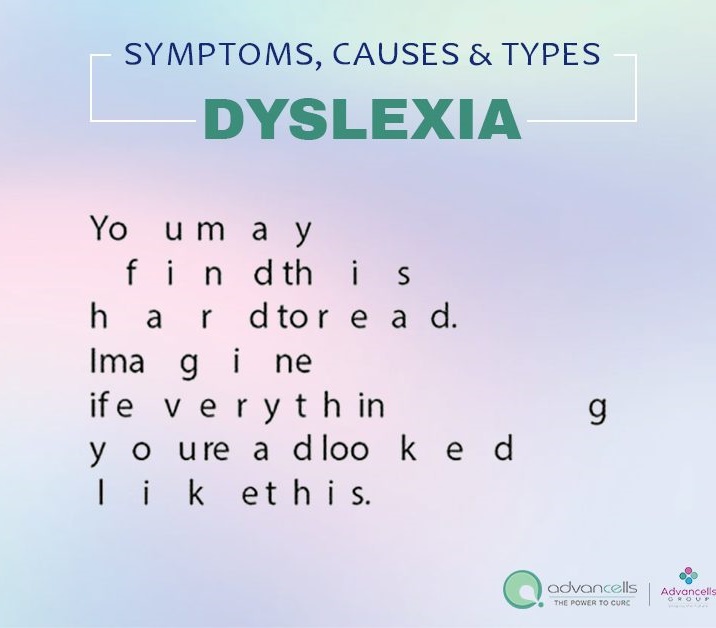Dyslexia is a condition that interests me as it affects a few of my friends and colleagues.
Here I am going to shed light on the common types of behaviour shown by individuals with dyslexia, emphasising the importance of understanding and supporting those with the condition.
Introduction:
Dyslexia is a specific learning disability that affects an individual’s ability to read, write, and spell. It is a neurological condition that can manifest in various ways, resulting in challenges with language processing and the acquisition of literacy skills.
While dyslexia primarily affects reading, its impact extends to other areas of life, including behaviour.

- Frustration and Anxiety:
One of the most prevalent types of behaviour observed in individuals with dyslexia is frustration and anxiety. The difficulties they face when reading or writing can be immensely frustrating, leading to feelings of inadequacy and discouragement.
They may become anxious about reading aloud in class or participating in activities that require strong reading skills. This anxiety can further exacerbate their learning challenges, creating a cycle of negative emotions. - Low Self-Esteem and Lack of Confidence:
The struggles associated with dyslexia can significantly impact an individual’s self-esteem and confidence. The constant comparison to peers who seem to grasp reading effortlessly can lead to a diminished sense of self-worth.
As a result, individuals with dyslexia may exhibit behaviours such as avoiding reading-related tasks, withdrawing from social situations, or displaying a lack of confidence in their abilities. - Avoidance Strategies:
To cope with their difficulties, individuals with dyslexia often develop avoidance strategies. They may avoid reading aloud or participating in activities that could expose their challenges.
This avoidance can be a defence mechanism to protect themselves from potential embarrassment or judgment. Consequently, they may show resistance or make excuses when faced with reading or writing tasks, which can be misinterpreted as laziness or a lack of motivation. - Slow Reading and Poor Spelling:
A hallmark of dyslexia is slow reading and poor spelling skills. Individuals with dyslexia may exhibit behaviour indicative of these challenges. They might take significantly longer to read a passage or struggle to decode words, resulting in a slower reading pace.
Similarly, spelling errors are common due to difficulties with phonological awareness and letter-sound correspondence. Consequently, they may avoid writing or demonstrate a reluctance to share their written work. - Difficulty Organising Thoughts:
Individuals with dyslexia often face challenges in organising their thoughts and expressing themselves coherently. They may experience difficulties in structuring their ideas, sequencing information, or recalling facts in a logical order.
As a result, they may appear disorganised or have trouble following multi-step instructions. It is crucial to provide support in organising their thoughts through visual aids, outlines, or verbal prompts. - Strengths in Creativity and Problem-Solving:
While dyslexia presents significant challenges, it is important to recognise the strengths and talents that individuals with dyslexia possess. Many individuals with dyslexia exhibit exceptional creativity, problem-solving skills, and thinking outside the box.
They often have a unique perspective and can excel in fields that require visual thinking, such as art, design, engineering, or entrepreneurship. By recognising and nurturing these strengths, individuals with dyslexia can find success and build their self-confidence.

Conclusion:
Understanding the common types of behaviour shown by individuals with dyslexia is essential for creating a supportive environment that promotes their well-being and academic success. Frustration, anxiety, low self-esteem, avoidance strategies, slow reading, poor spelling, difficulty organising thoughts, and creative problem-solving abilities are some of the behaviours often associated with dyslexia.
By fostering a supportive and inclusive educational environment, providing appropriate interventions, and focusing on individuals’ strengths, we can help individuals with dyslexia thrive and overcome the challenges they face. Through awareness and understanding, we can create a society that embraces neurodiversity and ensures equal opportunities for all.
And Finally…
If you have any comments on any part of this, advice / suggestions or questions that I may be able to assist you with, please feel free to contact me at pete@weareneurodiverse.com or add a comment below and I will get back to you as soon as I can
Thank you & take care,
Pete


